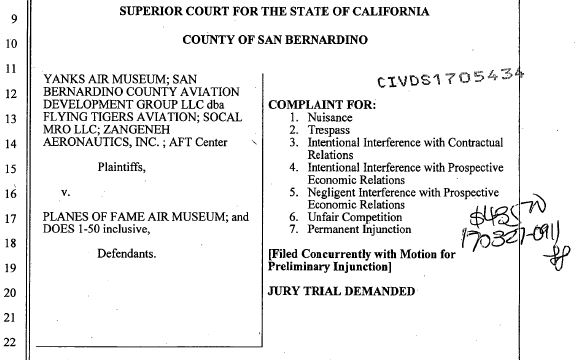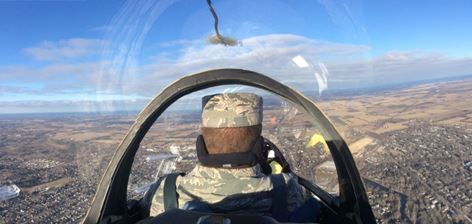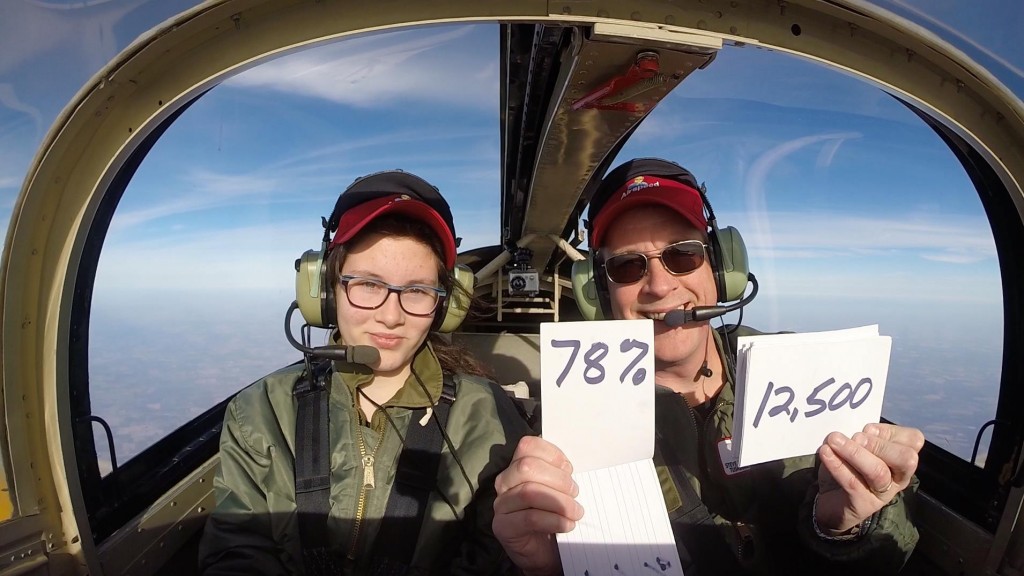Updated 25 April 2017 1700 US ET.
For the convenience of those following the litigation over the Chino Airshow (Yanks, et. al. v. Planes of Fame, California Superior Court for the County of San Bernardino, Case No. CIVDS1705434), Airspeed is tracking the pleadings in the case. The plan is to update this page from time to time, workload permitting. (Like flight following through the Chicago Class B, only slightly better).
What, exactly is linked here? Good question. These are the court documents, as filed in the court. A copy of the court’s docket, as it appeared at the time we downloaded the documents, leads each PDF file so that you can see the context of the documents. Most of the documents are downloaded directly from the court’s website. Several of the items were sent to us by others and we’ve posted them, having no reason to think that they’re other than true copies of the court records. We might or might not include additional documents received by this means.
There are omissions in the PDF files and those happen for two reasons. (1) Some of the documents don’t show on the docket as being available for download. In those cases, we generally don’t have the document unless someone has provided it to us by other means (such as an e-mail the other day). (2) Some of the documents that do show as being available from the court’s website either appear to be – or are – not very interesting, such a proofs of service and other documents that have more to do with the Kabuki theater of litigation than the actual substance. Make no mistake, we love the Kabuki theater of the court system. The producer is a lawyer, after all. But we know enough to think that non-lawyer readers probably won’t find them interesting and we have, accordingly, omitted them. (Note: We have not reviewed each document that was omitted to determine whether it’s uninteresting. In several cases, we made that call based solely on the title of the document in the docket, e.g., “Amended Proof of Service filed for Planes of Fame Air Museum filed.” We’re guessing that you wouldn’t want to read that, either.)
So here are the pleadings. They’re court documents and part of the public record. You don’t have to ask Airspeed for permission to do this or that with them. You’re welcome to do whatever is permissible to do with court pleadings. Knock yourself out.
___________________________________________
25 April Update
See the Ex Parte Application for Court Re-Setting Hearing Dates here.
On 24 April, Planes of Fame filed an ex parte application to the court seeking to reset hearing dates for several motions in the case. In the application, PoF is asking the court (without Yanks or the other plaintiffs being involved – that’s what “ex parte” means) to hear three different motions on the same date. They are:
(1) PoF’s demurer to the complaint (a pleading in which PoF essentially says, “We understand everything in the plaintiffs’ complaint . . . except the ‘therefore’”) set for hearing on 9 May;
(2) PoF’s motion to strike the complaint (a pleading that says that the plaintiff’s complaint, on its face, doesn’t allege the things that it needs to allege to get to the remedy requested); and
(3) PoF’s special motion to strike (what is commonly known as an “anti-SLAPP” motion designed to combat lawsuits that are intended to censor, intimidate, and/or silence opponents by burdening them with the cost and aggravation of a legal defense until they abandon their opposition) set for 13 June.
This is the first time that we’ve seen the anti-SLAPP motion (filed 21 April under California Code of Civil Procedure § 425.16(b)(1), but not previously available on the court’s website), mainly because it’s attached to the 24 April application. Anti-SLAPP motions are usually used in cases that have a more clear-cut free-speech element than we see in the Chino fistfight. In the usual case, a journalist or advocate says this or that about a well-capitalized person or enterprise. The well-capitalized person or enterprise then sues the journalist or advocate for defamation without much regard for the merits of the suit. The idea of the suit is to burden the journalist or advocate with the lawsuit and try to discourage the journalist, advocate, or others from criticizing the plaintiff. A good example of a successful use of an anti-SLAPP motion is the case of Dr. Edward Tobinick’s suit against Yale Neurologist and host of The Skeptic’s Guide to the Universe Dr. Steven Novella. Novella criticized Tobinick’s claims regarding Tobinick’s Alzheimer’s treatments. Tobinick sued and Novella succeeded in fending off the suit with an anti-SLAPP motion.
Although the PoF anti-SLAPP motion alleges that the airshow is protected speech, airshows and similar events are not the usual focus of anti-SLAPP motions and their jurisprudence. Maybe it’s that California court rules require that anti-SLAPP motions be heard within 30 days after filing if possible. Perhaps the idea is to get a hearing on something other than the injunction prior to the dates for the show. Given that the court has slated other motions for hearing on 9 May, PoF argues that the court has room on the docket and must hear the anti-SLAPP motion earlier than the scheduled date (by 19 May in any case). Nevertheless, there’s no guarantee that the hearing would happen before the 6-7 May dates for the 2017 airshow.
Long story short, PoF is asking the court to hear all of PoF’s motions on the same day. Being that the earliest of the presently-scheduled PoF motions is set to be heard on the second day after the 2017 Chino Airshow wraps, there’s no obvious effect on the 2017 airshow itself from the consolidation. But it might signal thoughts by PoF that it believes that it has a pretty strong case and wants to bring all of the motions together to concentrate firepower in one hearing. Generally speaking, if a party thinks that it’s a little thin on the law, the facts, or both, it makes sense to scatter one’s motions around a little to divide and conquer, or at least fight an effective rear-guard action. PoF is doing the opposite.
Could the ex parte application mean something else? Of course. But that’s the view from here in the cheap seats.
Lastly, by all indications that we can see from the docket, the motion on the preliminary injunction is still set for 28 April.
___________________________________________
21 April Update
Nothing new to upload today. If I’m reading the docket (reproduced above) correctly, it looks as though the hearing on the injunction was adjourned for a week or longer. The docs themselves are not available and you’re seeing everything that we are without calling the clerk to get an explanation. We might do that early next week. In any case, if we had to guess, we’d guess that the parties are huddling to see if there’s a way to settle this out of court (which would be among the results most likely to result in the 2017 airshow happening on schedule). So we’re cautiously optimistic. Stay tuned.
___________________________________________
All pleadings through mid-day 17 April 2017 (the whole megillah).
Pleadings after 7 April 2017 through mid-day 17 April 2017
Pleadings filed by Planes of Fame on 7 April in opposition to the injunction.
http://traffic.libsyn.com/airspeed/Yanks_v_PoF_DS1705434_Docs_Filed_2017-04-07.pdf
Final notes:
Neither this post or anything else short a of a formal engagement letter creates a lawyer-client relationship between Steve Tupper or his law firm (on the one hand) and you (on the other).
The materials are provided with no representation, warranty, guaranty, or other promise of any kind and we might or might not update this page. Use these items at your own risk.
Airspeed has dropped maybe $150 with the court in order to download the pleadings. If you feel like slipping Airspeed some money, you can do it by hitting the “Donate” button on the right-hand side of this page. Any excess received will be squandered on aviation activities and/or donated to the Tuskegee Airmen National Historical Museum in Detroit.






